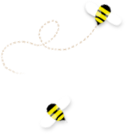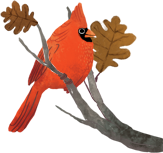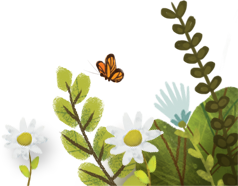- A Quarry Hill staff member will come to your classroom the afternoon before the class begins to set up the stations associated with this class. (Enough countertop/table space is needed to set up 13 stations in your classroom)
- It’s helpful if students have an understanding of basic geology.

Karst Geology
| Title | Karst Geology |
| Audience | 8th Grade |
| Offered | Mid November - January |
| Length | varies |
Preparing for this Class
Class Description
This class is held in your classroom over a 2 day period with normal class time sessions. At the start of the first day, students will receive a brief introduction to Karst geology and the classroom stations. Students work in pairs completing the stations with each student responsible for filling out a data sheet. The stations, which can be done in any order, help students understand how the limestone and other sedimentary rock of this region formed, basic characteristics of limestone and Karst, sinkhole and cave formation and potential problems associated with Karst landscapes. At the end of the second day, there will be a brief wrap-up highlighting information students discovered through doing the stations.
Correlation to MN Science Standards
- Explain how landforms result from the processes of crustal deformation, volcanic eruptions, weathering, erosion and deposition of sediment. (8.3.1.2.1)
- Interpret successive layers of sedimentary rocks and their fossils to infer relative ages of rock sequences, past geologic events, changes in environmental conditions, and the appearance and extinction of life forms. (8.3.1.3.1)
- Recognize that land and water use practices in specific areas affect natural processes and that natural processes interfere and interact with human systems. (8.3.4.1.2)
- Explain how constraints like scientific laws and engineering principles, as well as economic, political, social, and ethical expectations, must be taken into account in designing engineering solutions or conducting scientific experiments. (8.1.3.3.1)
- Determine and use appropriate safety procedures, tools, measurements, graphs, and mathematical analyses to describe and investigate natural and designed systems in Earth and physical science contexts. (8.1.3.4.2)
Science Vocabulary
|
Karst Conglomerate |
Sinkhole Limestone |
Speleothem Percolation |









